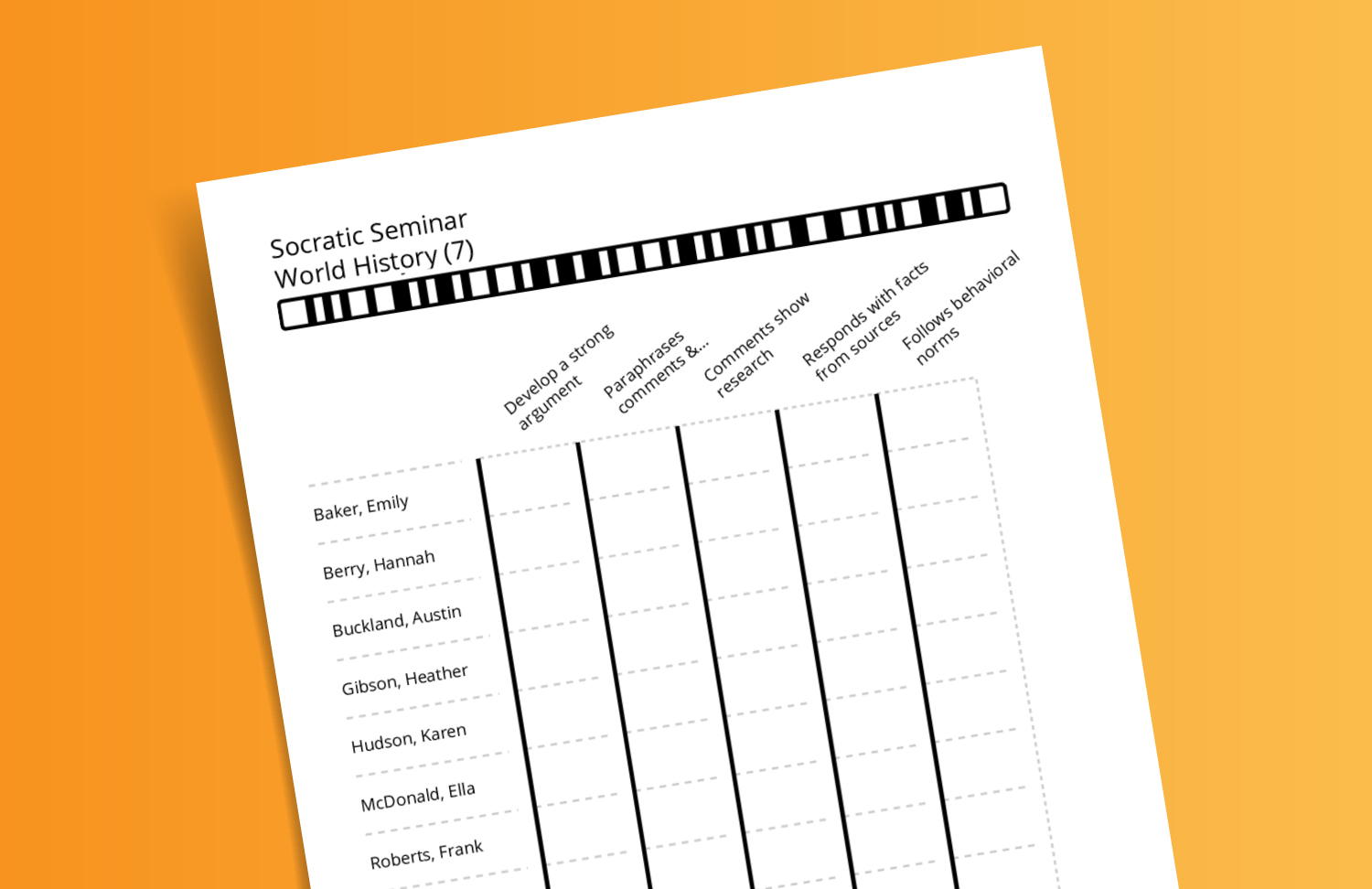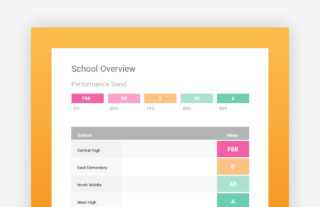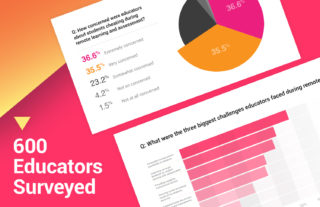This is Not a Test.
4 Assessments for Learning.


Teachers are constantly investigating more effective ways to guide their learners. Fortunately, good assessment practices can provide valuable insight into what students are understanding, where they may need additional support, and when they are ready to build upon what they have learned. This is where daily formative assessments prove especially beneficial.
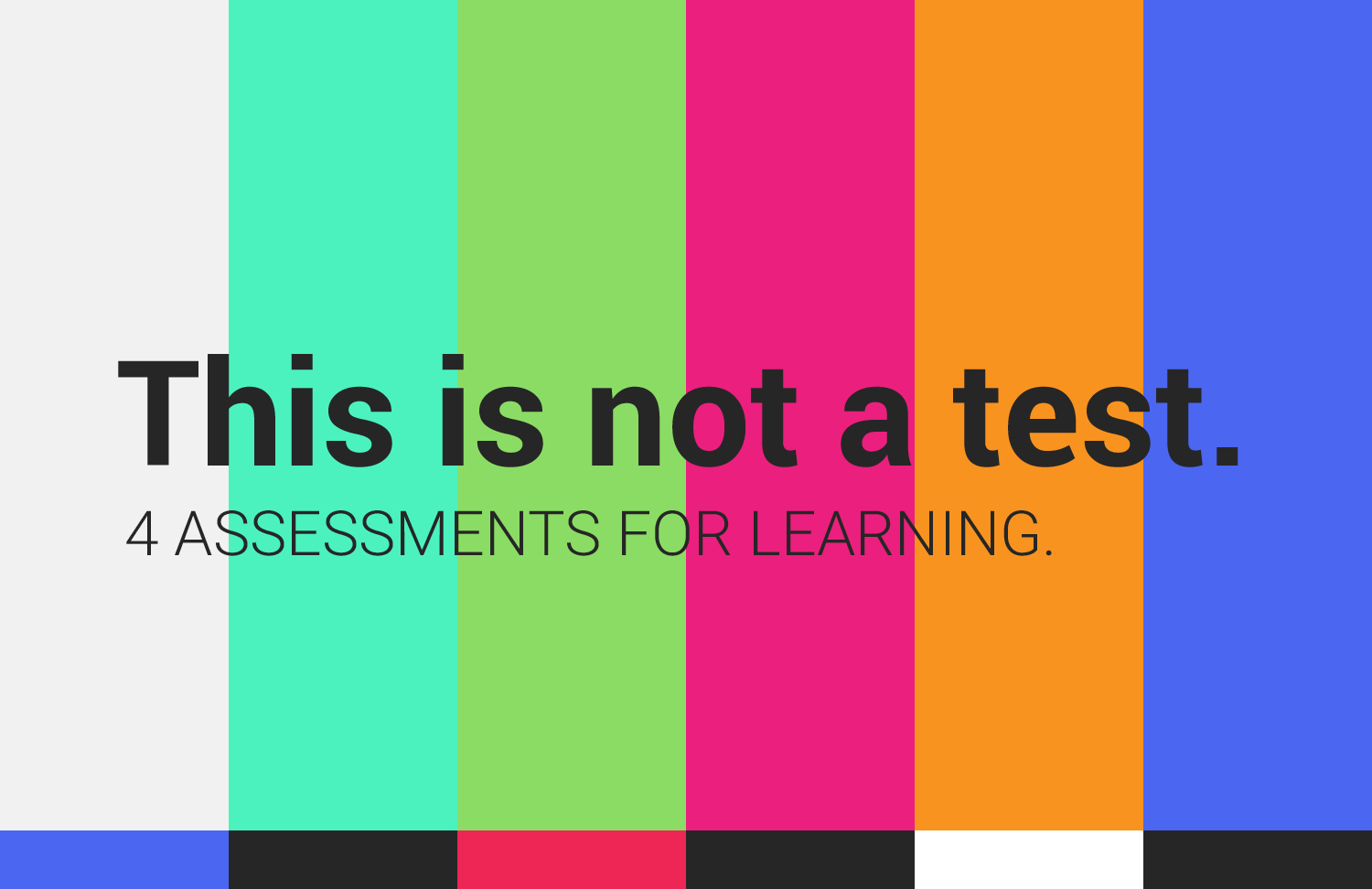
The important point to keep in mind is that all assessments do not need to be tests. Assessments are a great resource to measure and gather data about skills, knowledge, attitudes, and beliefs. Tests, on the other hand, simply quantify what is known or has been learned. In other words, a test is a “product,” but an assessment is a “process.”
Formative assessments can take many different forms and be blended into lessons to capture students’ understanding without them feeling like they are constantly being tested. Fast feedback on these assessments is crucial in order to prevent delays, misunderstanding or confusion. And the data collected empowers teachers to help students see their personal areas of growth and strength.
Check out these different methods for assessing and collecting student learning data in order to guide next steps.
What is it?/What is it not?
Have students give examples and non-examples of a topic or concept to demonstrate their understanding. “What is it?” asks students to reflect on the topic in order to respond. “What is it not?” helps them further extend their grasp of a concept by applying what they know for what would be considered a non-example.
By creating a generic form with two open response questions, the teacher can decide in the moment what topic is used for the examples and non-examples. Custom headers can be used to clarify what goes into each question section. The form can be created with a blank capture area so that students can respond in whatever manner is most comfortable for them. (e.g. write, list, draw, solve, etc.)
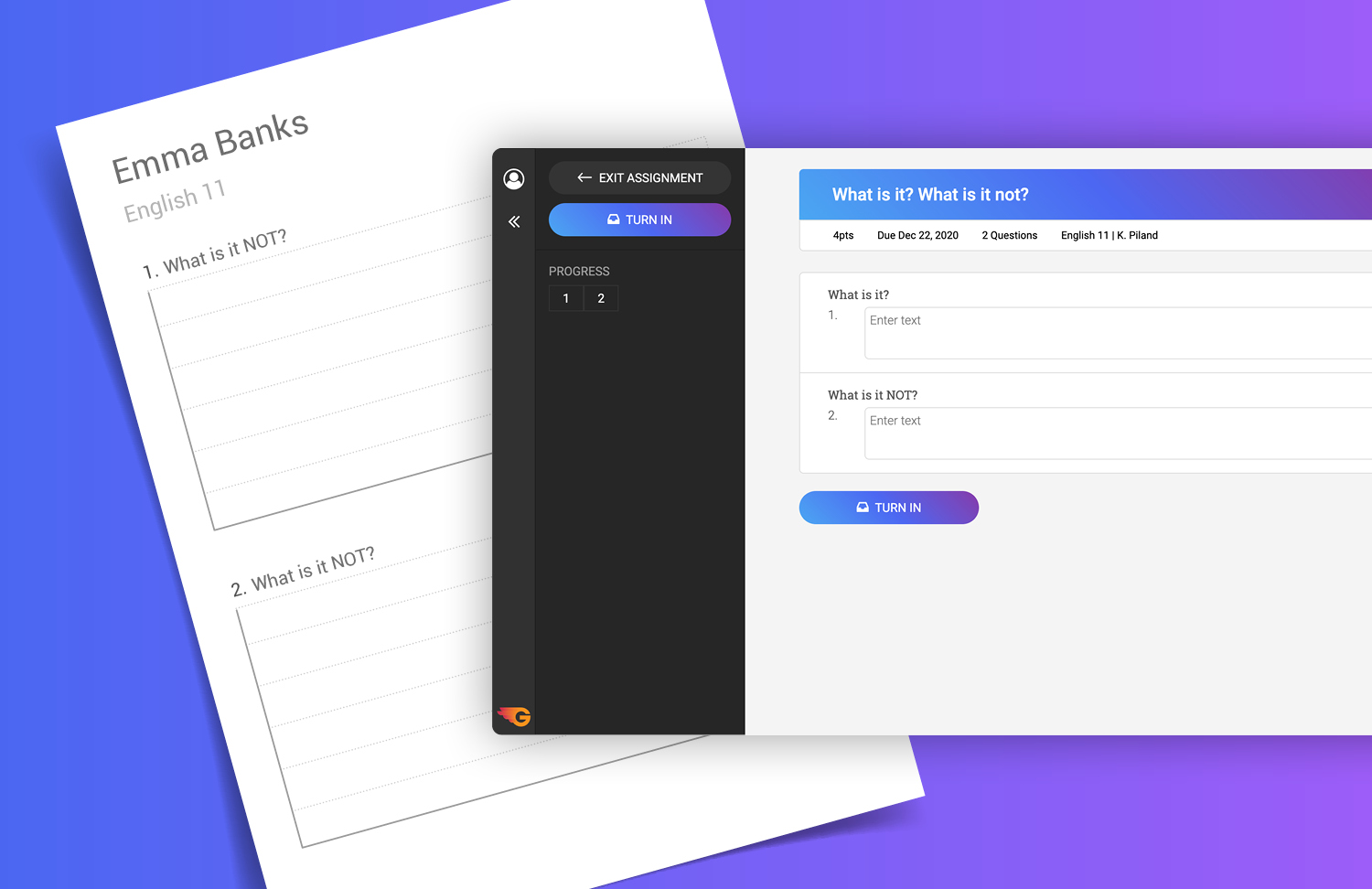
Misconception Check
Present a problem with a solution that may contain a common error. Ask students to agree or disagree with the solution presented. A custom two-option multiple choice question will give a quick snapshot of the class. In a second open response question, students can be prompted to explain their reasoning or show why the solution is correct/incorrect. They can then be grouped by their similar/differing responses and asked to teach each other how they solved the problem.
Math problems may easily come to mind, but the same strategy could be used when asking students to agree or disagree with a statement or topic within other disciplines, like Social Sciences.
Example:
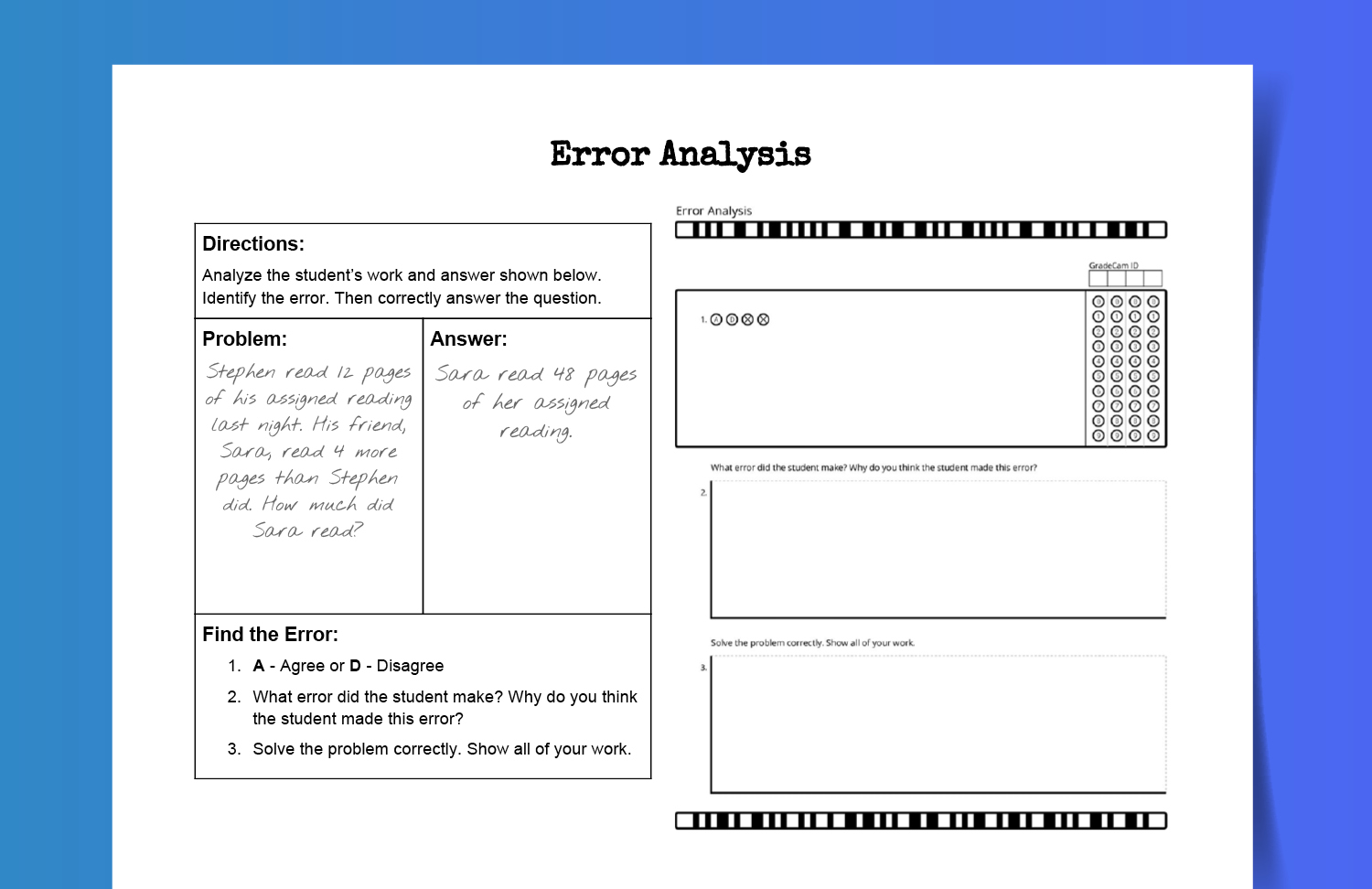
Reader Conferences
Set up virtual or face-to-face reading conferences with each student. Have them read aloud and then discuss what they read or use a video recording tool to provide a retelling. A rubric form can be used to collect feedback on the student’s reading and comprehension skills. By reusing the same rubric form with attached standards, skills and learning can be tracked over time.
When conferencing in the classroom, laminate and reuse the same form each time to save paper. Take advantage of paperless rubric grading to grade using a device. Offer specific feedback to students via the Student Portal by using the Teacher Feedback button.
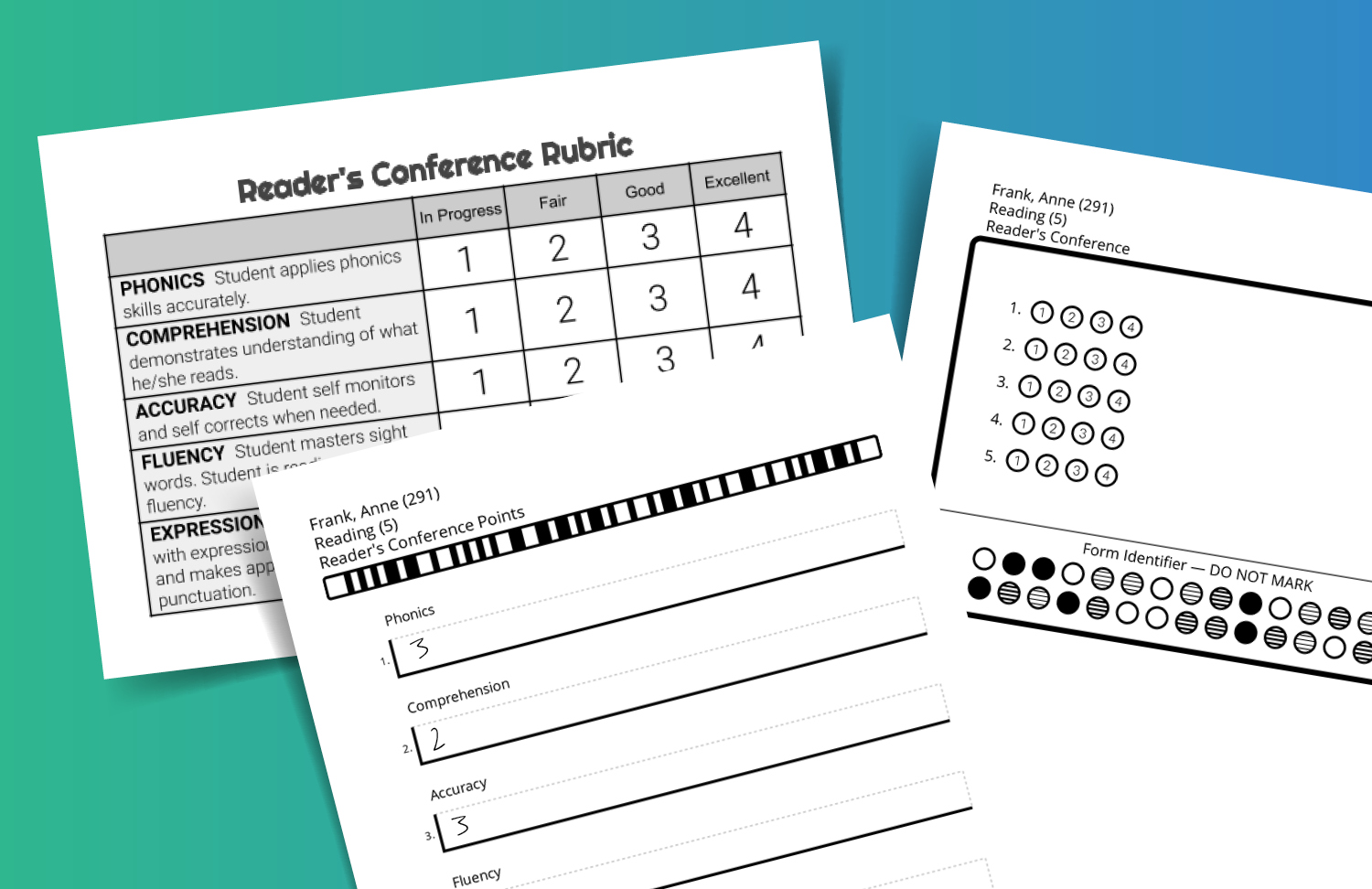
Socratic Seminar
Use a Socratic Seminar to facilitate a class discussion centered around an article or literary piece. The purpose of this strategy is for students to analyze and dissect the text while expressing their thoughts and understanding. During this practice, students should have set expectations of assessment criteria, such as preparation, evidence-supported statements, respectful listening, and active participation. Using a single-sheet observation form, the teacher can follow along and score individual students for each criteria while observing the whole class at once.
Example:
